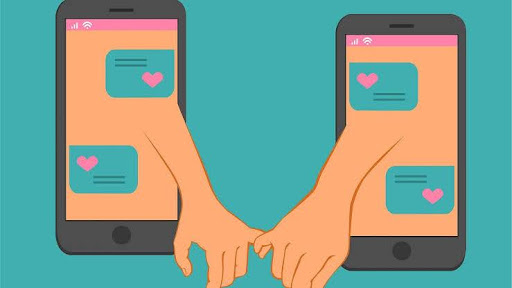Introduction

In our increasingly digital world, technology can both enhance and complicate romantic relationships. While it offers tools for connection, it can also create distractions and misunderstandings. Here are some strategies to help couples balance technology use for a healthier, more fulfilling relationship.
1. Set boundaries for device use.
Establishing clear boundaries around technology use can foster intimacy. Designate specific times for device-free activities, such as during meals or date nights. This encourages meaningful conversations and strengthens your bond without the interference of screens.
2. Communicate Openly About Technology
Discuss how technology affects your relationship. Share your feelings about social media, texting, and gaming, and listen to your partner’s perspective. Open communication can help address any concerns and set mutual expectations about device use.
3. Prioritize Quality Time
Make a conscious effort to prioritize quality time together. Engage in activities that encourage interaction and connection, like cooking, hiking, or playing board games. Reducing reliance on technology during these moments allows for deeper engagement and shared experiences.
4. Limit social media distractions.
Social media can create unnecessary comparisons and distractions. Consider reducing the time spent on platforms that cause jealousy or insecurity. Setting limits on scrolling during shared time can help you focus on each other rather than on online personas.

5. Use Technology to Enhance Connection
Instead of allowing technology to drive a wedge between you, use it to strengthen your connection. Share playlists, watch movies together online, or engage in video calls when apart. These activities can help you feel closer even when physically separated.

6. Monitor Device Usage
Be aware of how much time you and your partner spend on devices. If either of you feels neglected or overwhelmed, it might be time to reassess your technology habits. Regularly check in with each other to ensure that both partners feel valued and prioritized.
7. Create Tech-Free Zones
Establish areas in your home where technology is not allowed, such as the bedroom or dining room. This can help create a sanctuary for relaxation and connection, free from the distractions of notifications and screens.
8. Practice digital detoxes
Consider periodic digital detoxes to reconnect with each other. Whether it’s a weekend getaway without devices or a daily hour where you both unplug, these breaks can rejuvenate your relationship and enhance your emotional connection.

9. Be mindful of online communication.
When communicating through text or social media, be mindful of tone and context. Misunderstandings can easily arise in written communication. Whenever possible, opt for face-to-face conversations or phone calls to convey important feelings or concerns.
10. Foster trust and transparency.
Lastly, fostering trust is essential in a relationship. Be open about your online interactions and establish a sense of security regarding technology use. Trust and transparency can mitigate potential issues stemming from technology and help maintain a strong bond.
Conclusion
Finding a balance between technology use and relationship dynamics is key to fostering a healthy connection. By setting boundaries, communicating openly, and prioritizing quality time, couples can navigate the digital landscape together, enhancing their relationship rather than allowing technology to hinder it. Ultimately, the goal is to use technology as a tool for connection, not a barrier to intimacy.

